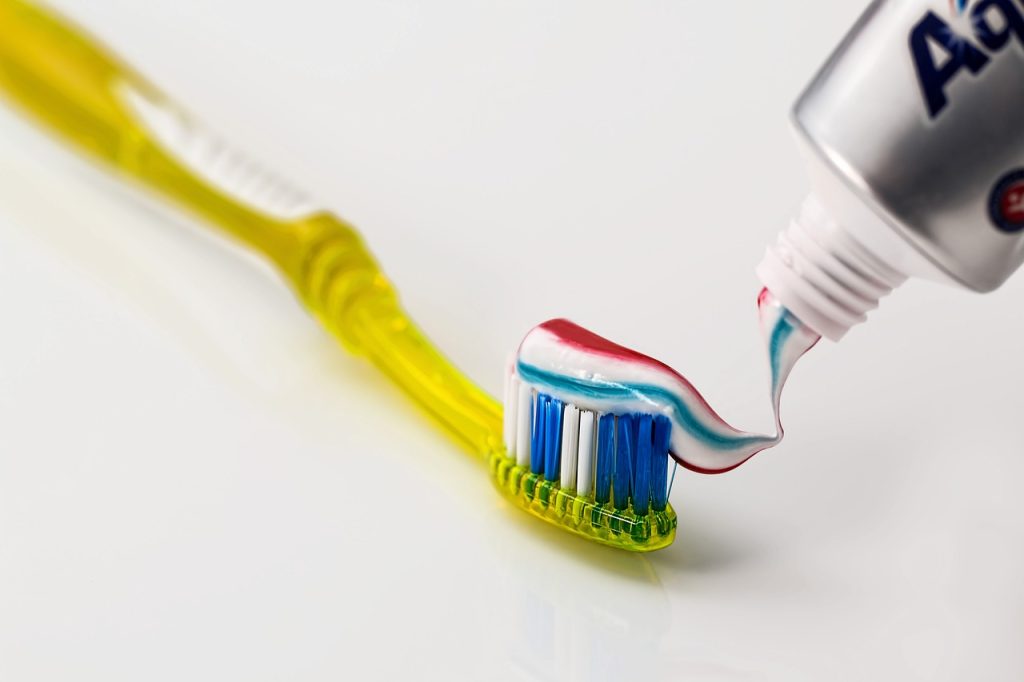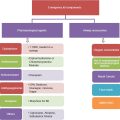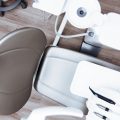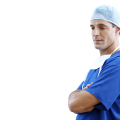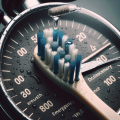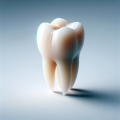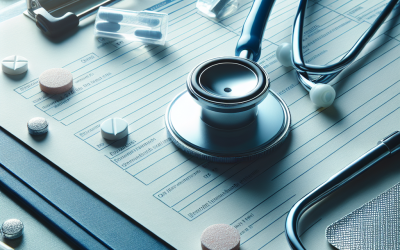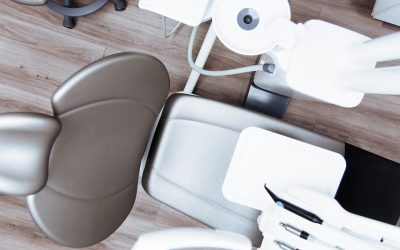So, you just had an emergency dental treatment and now you’re left wondering if you can eat and drink like you used to. Well, the answer is not a simple yes or no. It really depends on the type of treatment you had and how your mouth is feeling afterwards. In this article, we’ll explore the different factors that may affect your post-treatment eating and drinking habits, and provide you with some general guidelines to follow. After all, who wants to miss out on their favorite foods and beverages for too long? Let’s find out what you can expect after an emergency dental treatment.
Can I Eat and Drink Normally After an Emergency Dental Treatment?
When it comes to emergency dental treatments, it’s important to understand the different types of treatments available and how they can impact your ability to eat and drink normally. In this article, we will explore the various types of emergency dental treatments, the immediate aftercare instructions, soft food options, foods and drinks to avoid, the recovery period, and the importance of maintaining good oral hygiene.
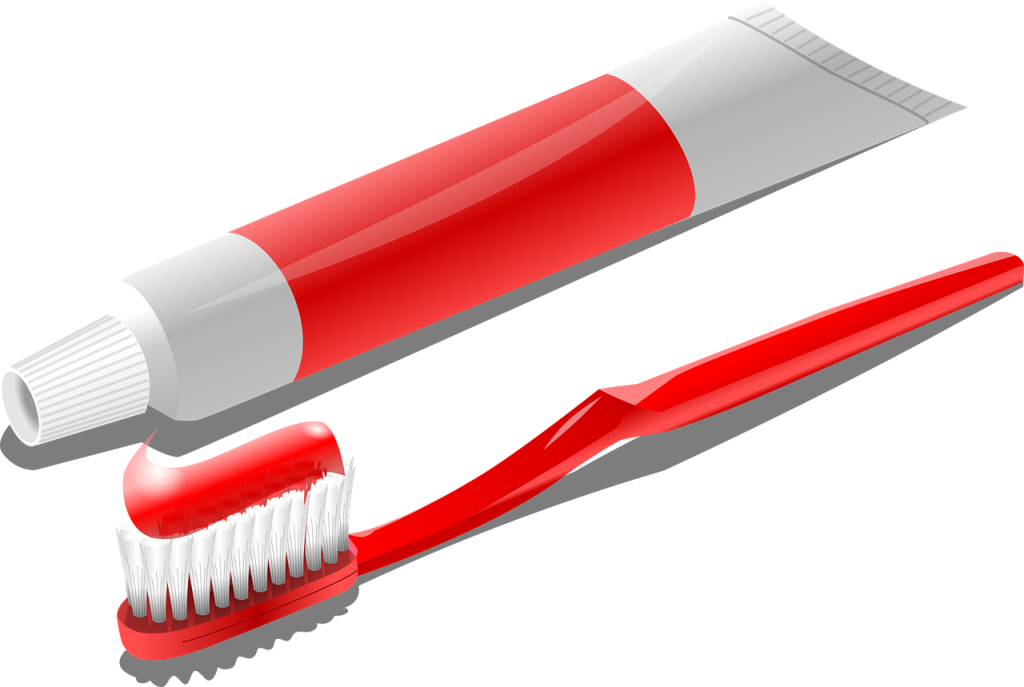
1. Understanding Emergency Dental Treatments
Emergency dental treatments are procedures performed to address urgent dental issues such as severe toothaches, broken teeth, or injuries to the mouth. These treatments aim to alleviate pain, prevent further complications, and restore the functionality of your teeth and mouth.
1.1 Types of Emergency Dental Treatments
There are several types of emergency dental treatments, including:
- Tooth extraction: When a tooth is severely damaged or infected beyond repair, extraction may be necessary to prevent the spread of infection or alleviate pain.
- Dental fillings: If a tooth has a cavity or a minor chip, a dental filling can be used to restore the tooth’s structure and function.
- Root canal therapy: This procedure involves removing infected or damaged pulp from the inside of a tooth and sealing it to prevent further infection.
- Dental bonding: For minor chips or cracks, dental bonding can be performed to repair the affected tooth by applying a tooth-colored resin.
- Dental crowns: When a tooth is extensively damaged, a dental crown can be placed over the remaining structure to provide strength and protection.
1.2 Importance of Emergency Dental Treatments
Emergency dental treatments are crucial for preventing further damage to your teeth and mouth. Ignoring dental emergencies can lead to increased pain, infection, and potential tooth loss. By seeking immediate treatment, you can address the underlying issue, alleviate discomfort, and ensure the long-term health of your teeth and gums.
2. Immediate Aftercare
After undergoing an emergency dental treatment, following the post-treatment instructions provided by your dentist is essential for a smooth recovery process. These instructions are specifically designed to promote healing and minimize the risk of complications.
2.1 Post-Treatment Instructions
Common post-treatment instructions may include:
- Avoiding excessive spitting or rinsing: This can disrupt blood clots and impede the healing process.
- Using pain relievers as prescribed: Over-the-counter or prescribed pain medications can help manage any post-treatment discomfort.
- Applying ice packs: Ice packs can help reduce swelling and alleviate pain in the first few hours after treatment.
- Maintaining oral hygiene: Continue brushing your teeth gently but avoid the treated area until advised otherwise by your dentist.
2.2 Restrictions on Eating and Drinking
Immediately after an emergency dental treatment, there are typically restrictions on what you can eat and drink to allow proper healing. It’s important to follow these restrictions to avoid any complications or discomfort.
Your dentist may advise you to:
- Avoid hard or chewy foods: These types of foods can put excessive pressure on the treated area and potentially dislodge any temporary restorations.
- Avoid acidic and sugary foods: These can increase sensitivity, irritate oral tissues, or promote bacterial growth, hindering the healing process.
- Avoid hot and cold drinks: Extreme temperatures can trigger sensitivity or pain in the treated area.
3. Soft Food Options
When you cannot eat your regular diet due to an emergency dental treatment, incorporating soft foods into your meals can be a great option. Soft foods are gentle on the teeth and require minimal chewing, making them ideal during the recovery period.
3.1 Benefits of Soft Foods
Soft foods provide several benefits during the recovery period, including:
- Reduced stress on teeth: Soft foods require less chewing, minimizing strain on the treated area.
- Easy to swallow: If there’s any sensitivity or discomfort, soft foods can be easily consumed without causing any additional pain or irritation.
- Nutritionally balanced: There is a wide variety of soft foods, including fruits, vegetables, proteins, and grains, allowing you to maintain a balanced diet.
3.2 Examples of Soft Foods
Here are some examples of soft foods that you can incorporate into your diet after an emergency dental treatment:
- Soups and broths: Nutrient-rich and easy to consume, these can be a comforting option during your recovery.
- Mashed potatoes: Smooth and creamy, mashed potatoes provide a satisfying texture and can be seasoned to your liking.
- Yogurt and pudding: These dairy-based options are not only soft but also provide essential nutrients for your overall health.
- Smoothies: Blending fruits, vegetables, and milk or yogurt creates a delicious and easy-to-drink option packed with vitamins and minerals.
- Scrambled eggs: Cooked until fluffy, scrambled eggs are a soft source of protein that can be seasoned with herbs or cheese for added flavor.
- Applesauce and pureed fruit: These options are not only soft but also provide a serving of fruits while being gentle on the mouth.
Remember, always follow your dentist’s advice regarding which foods are suitable for your specific recovery.
4. Avoiding Certain Foods and Drinks
While incorporating soft foods into your diet is important, it’s equally crucial to avoid certain foods and drinks during your recovery period. This will help prevent damage to the treated area and promote efficient healing.
4.1 Hard and Chewy Foods
Hard and chewy foods can exert excessive pressure on the treated area, potentially dislodging temporary restorations or causing discomfort. Avoid foods such as:
- Nuts: Hard and crunchy nuts can be difficult to chew and may cause damage.
- Chewy candies: Sticky candies can stick to the treated area, leading to potential complications.
- Crusty bread: Hard crusts can be challenging to chew and can also irritate the sensitive tissues.
- Hard vegetables: Raw carrots or celery sticks require significant force to chew and can damage the treated area.
4.2 Acidic and Sugary Foods
Acidic and sugary foods can irritate the oral tissues, increase sensitivity, and promote bacterial growth. It’s best to avoid or limit the consumption of:
- Citrus fruits: The high acidity of citrus fruits can be irritating to the mouth and interfere with the healing process.
- Sodas and fruit juices: Beverages high in sugar content can promote bacterial growth and cause tooth decay.
- Sour candies: These candies are both acidic and sugary, posing a double threat to your oral health.
4.3 Hot and Cold Drinks
Extreme temperatures can trigger sensitivity or pain in the treated area, so it’s advisable to avoid very hot or very cold drinks during the recovery period. Instead, opt for lukewarm or room temperature beverages.

5. Recovery Period
The recovery period after an emergency dental treatment varies depending on the type of treatment and individual factors. It’s important to give your mouth enough time to heal properly.
5.1 Gradual Transition to Normal Diet
As your recovery progresses and the treated area improves, you can gradually transition back to your normal diet. Start by introducing softer versions of the foods you used to enjoy and slowly reintroduce harder and chewier foods. However, always listen to your body and consult your dentist if you experience any pain or discomfort.
5.2 Dental Professionals’ Recommendations
Your dentist will provide specific recommendations regarding your recovery period, including when you can start to eat normally. It is crucial to follow their advice and attend any scheduled follow-up appointments to ensure your dental health is progressing as expected.
6. Maintaining Good Oral Hygiene
Throughout your recovery period and beyond, maintaining good oral hygiene is paramount for your oral health. Even if certain areas of your mouth should be avoided, it’s crucial to keep the rest of your teeth and gums clean.
6.1 Brushing and Flossing After Eating
After consuming any food, it’s important to gently brush and floss your teeth to remove any food particles or plaque. However, be cautious around the treated area and follow your dentist’s instructions to avoid interfering with the healing process.
6.2 Importance of Dental Check-ups
Regular check-ups with your dental professional are essential, especially after undergoing emergency dental treatments. These visits allow your dentist to monitor your progress, address any concerns, and catch any potential issues early on.
In conclusion, after an emergency dental treatment, it’s important to follow the recommended aftercare instructions and temporary dietary restrictions. Incorporating soft foods into your meals can aid in the recovery process, while avoiding hard, chewy, acidic, sugary, and extreme-temperature foods and drinks is necessary to prevent complications. As your recovery progresses, gradually reintroduce normal foods and maintain good oral hygiene. By staying proactive in your oral health journey, you can ensure a smooth recovery and long-term dental well-being.
